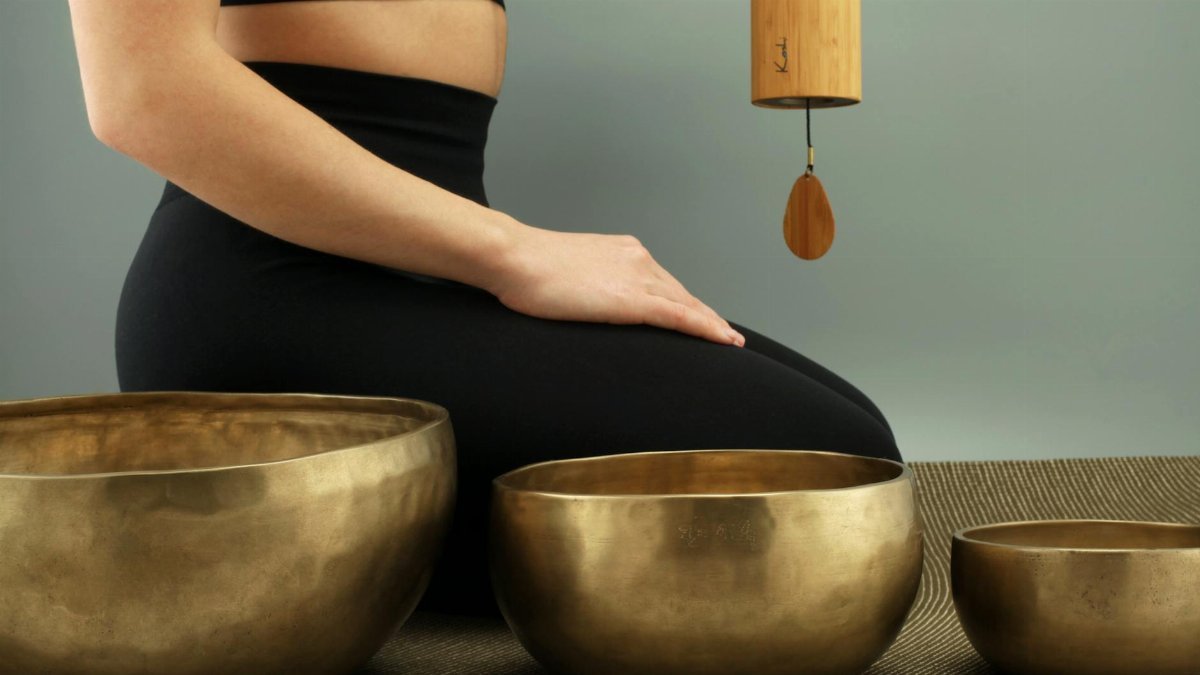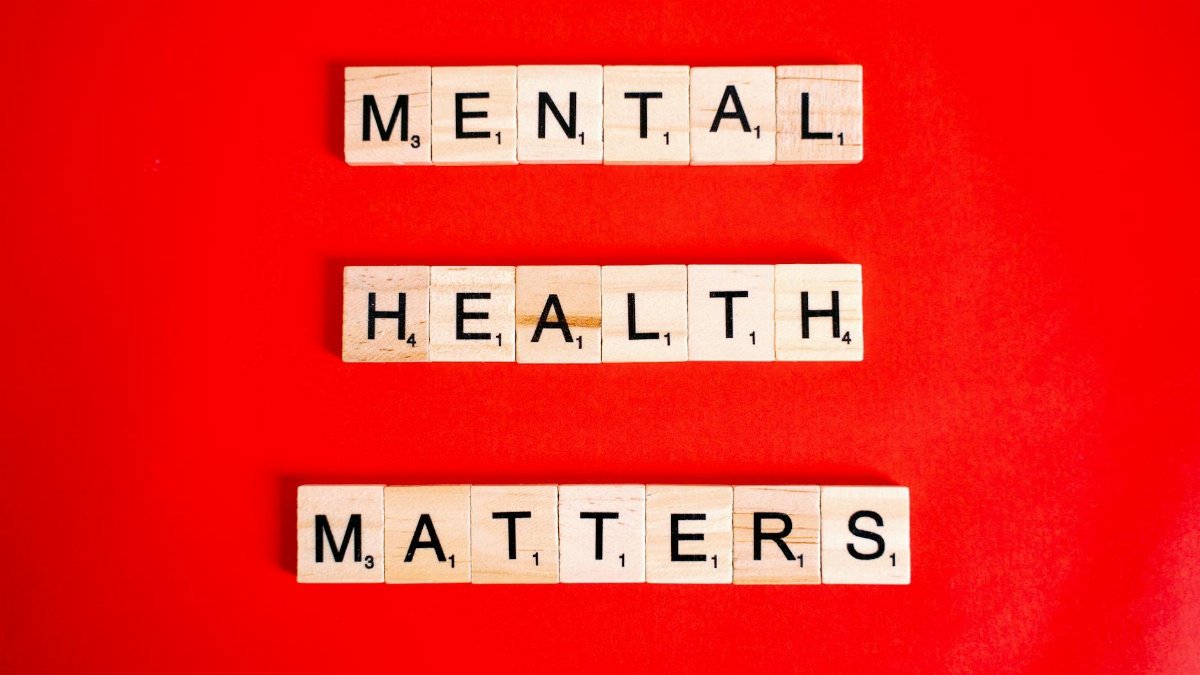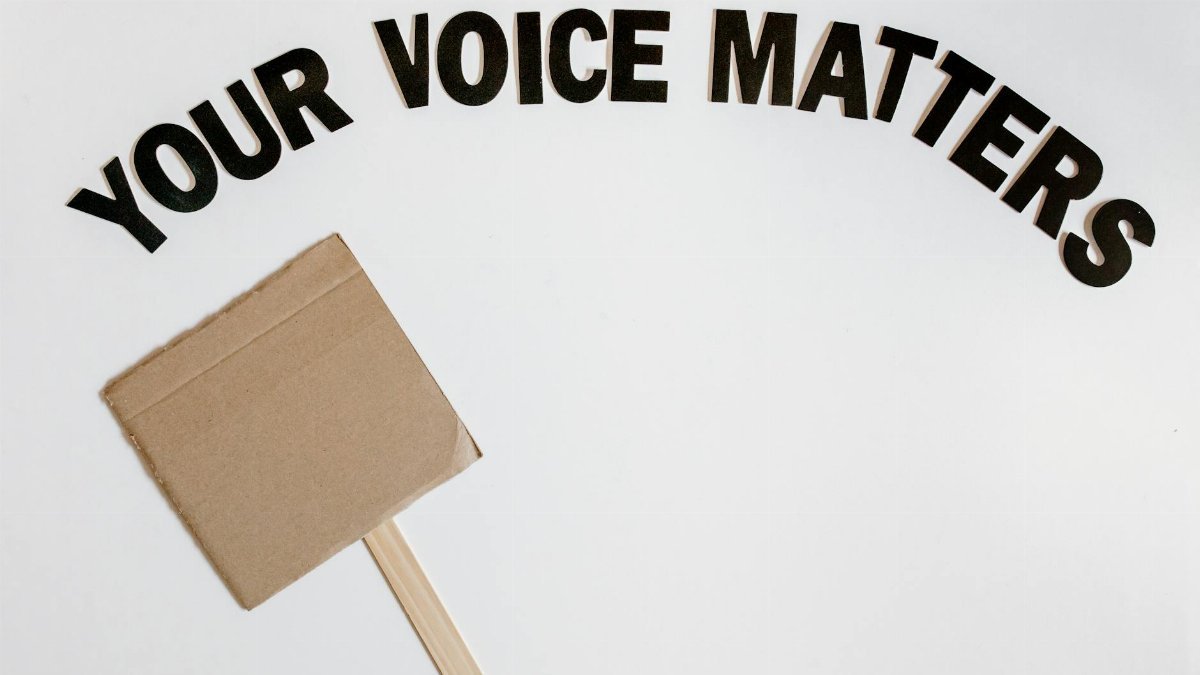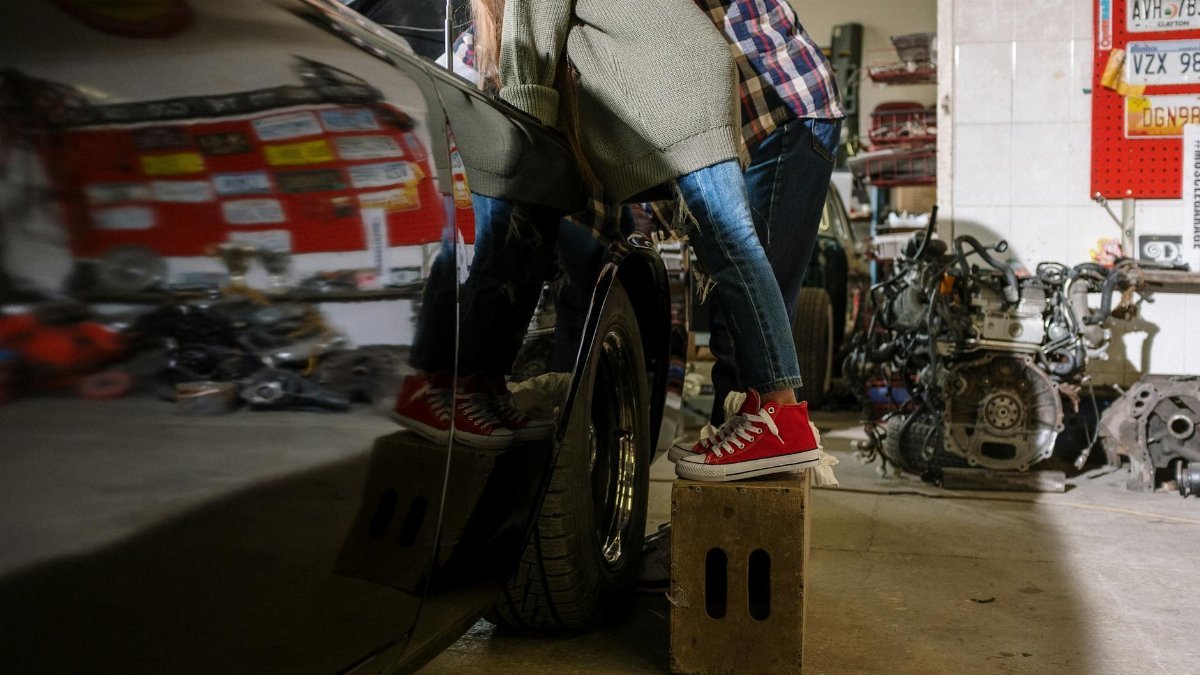Is mind-body healing really the key to breaking generational cycles of pain? For many who are the first in their family to confront deep-seated emotional and physical wounds, this holistic approach is gaining traction. Blending mental and physical wellness, mind-body healing offers tools to address trauma and stress in ways traditional methods often overlook. It’s not just a trend—it’s a lifeline for those carving a new path. Here’s how this practice can transform lives, especially for those pioneering change within their lineage.
What Is Mind-Body Healing?

Mind-body healing refers to practices that connect mental and physical health to promote overall well-being. Think meditation, yoga, breathwork, and mindfulness—techniques that help manage stress, reduce anxiety, and even alleviate physical pain by addressing emotional triggers. For someone healing as the first in their family, this approach can be powerful, offering a way to process inherited trauma without relying solely on conventional therapy or medication. It’s about recognizing how the mind influences the body, and vice versa.
Why It Matters for First-Generation Healers

Being the first in your family to seek healing often means facing unique pressures. You’re not just mending your own wounds but challenging long-standing patterns of silence or denial. Mind-body healing provides a framework to tackle these challenges by fostering self-awareness and resilience. It allows individuals to confront emotions tied to family history—think unresolved grief or stress—while building healthier coping mechanisms. This can be a game-changer when you’re navigating uncharted emotional territory without a roadmap from those who came before.
Breaking the Cycle of Inherited Stress

Stress and trauma can ripple through generations, manifesting as anxiety, depression, or even chronic pain. Research from institutions like the National Institutes of Health shows that stress responses can be epigenetically passed down, affecting how our bodies react to challenges. Mind-body healing interrupts this cycle by helping individuals manage stress at a physiological level. Techniques like guided meditation or somatic therapy can rewire how the body holds tension, offering a fresh start for those determined to stop the pattern. Learn more at National Institutes of Health.
Practical Tools to Start Your Journey

Getting started with mind-body healing doesn’t require expensive programs or years of study. Simple practices like deep breathing exercises—inhaling for four counts, exhaling for six—can calm the nervous system in minutes. Apps and online resources offer guided meditations tailored to trauma recovery. Yoga, even just 10 minutes a day, can release stored emotions in the body. The key is consistency, not perfection. For first-generation healers, these accessible tools build a foundation to process pain without feeling overwhelmed.
Overcoming Family Resistance

Healing first often means facing skepticism or pushback from family. “Why stir up the past?” or “We’ve always been fine” are common refrains. Mind-body healing equips you with quiet strength to stand firm. Mindfulness practices help maintain boundaries while staying compassionate. It’s not about convincing others but protecting your progress. Over time, as loved ones see changes—less reactivity, more peace—they may soften. Until then, grounding techniques like journaling emotions can keep you centered amid doubt.
Finding Support When You’re on Your Own

Without family as a built-in support system, building a community is crucial. Online forums, local yoga classes, or therapy groups focused on holistic healing can fill the gap. Research from Harvard Medical School underscores the importance of social connection in reducing stress and enhancing recovery. Sharing your journey with like-minded individuals validates the struggle of being the first to heal. Check out resources at Harvard Health for evidence-based insights on how community boosts well-being.
Long-Term Benefits for You and Beyond

The impact of mind-body healing extends past personal growth. By addressing inherited pain, you’re laying groundwork for future generations to live with less burden. Reduced stress can improve physical health outcomes—lower blood pressure, better sleep—and emotional stability. More importantly, you model a new way of being for siblings, children, or cousins. Healing isn’t just about you; it’s a quiet revolution that reshapes family dynamics, proving that change is possible even when you’re the first to start.
